In a world where nature needs our help, raising kids with a love and respect for wildlife is more important than ever. Teaching children to be conservation-minded doesn’t just benefit the planet; it instills lifelong values of compassion, stewardship, and responsibility. Here’s how you can empower your kids to become protectors of wildlife and the environment.
1. Inspire a Love for the Outdoors
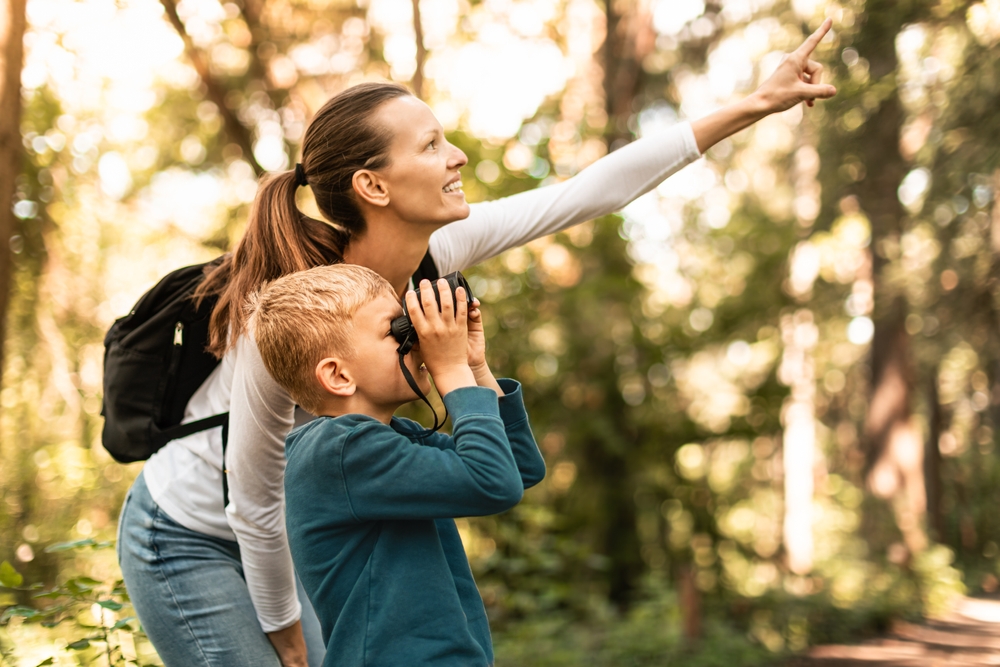
Encourage your kids to spend time outside, exploring parks, beaches, and hiking trails. Exposure to nature helps them understand the importance of preserving habitats. Make outdoor adventures fun and regular, so they grow up with a genuine love for the wild spaces around them, feeling connected to the very ecosystems they’ll learn to protect.
2. Teach Respect for Creatures Big and Small
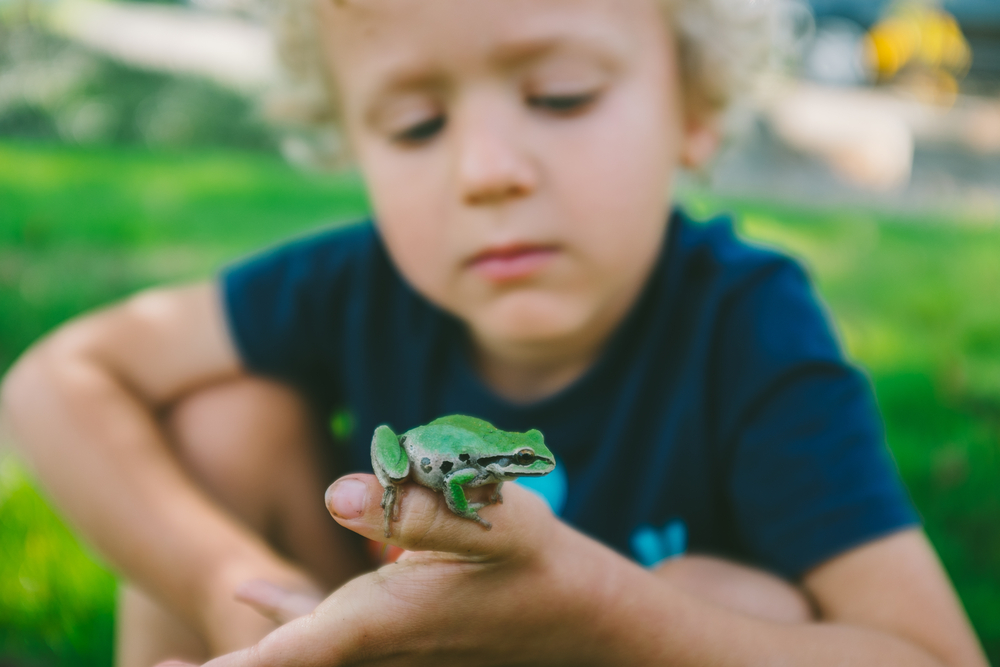
Show kids that every creature has a role in nature, from the tiniest insects to the largest animals. Talk about the importance of biodiversity and how each species helps maintain balance. When they see a spider or a bug, teach them to observe instead of harm. This lesson builds empathy and understanding of wildlife’s critical role.
3. Lead by Example

Kids learn by observing, so set an example with sustainable practices at home. Reduce, reuse, recycle, and avoid single-use plastics. Involve them in eco-friendly choices like using reusable bags or conserving water. These everyday actions help children see that small changes add up and make a big difference in conserving the environment.
4. Support Conservation Organizations Together
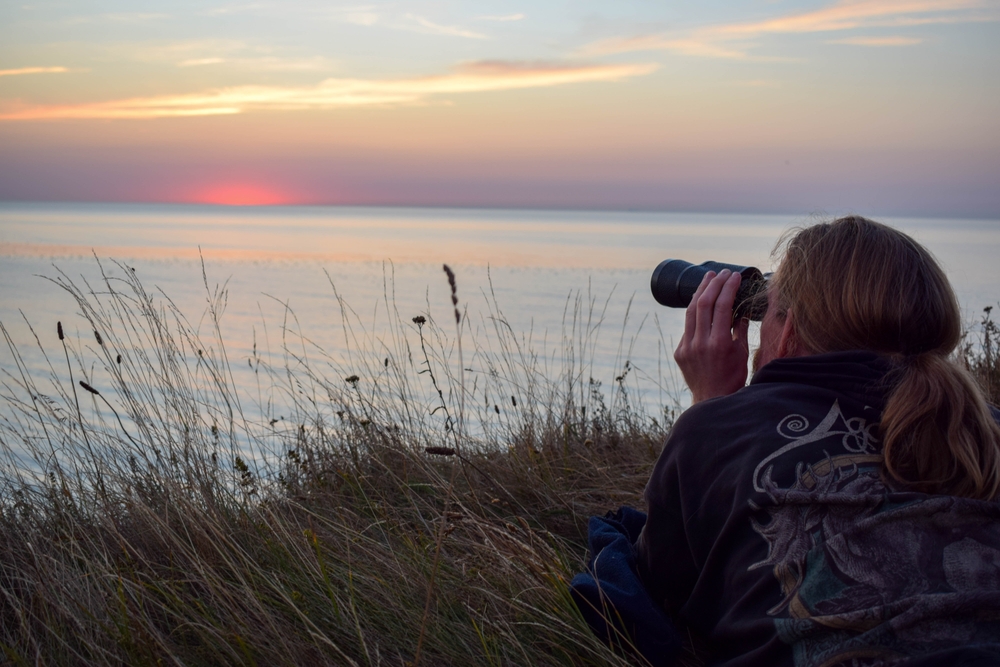
Get your kids involved with wildlife charities and organizations. This could be through donations, memberships, or volunteering. Many conservation groups offer family-friendly programs that teach kids about endangered species, habitat protection, and ways to help. Supporting these groups together gives them a sense of purpose and involvement in wildlife conservation.
5. Share Books and Documentaries on Wildlife
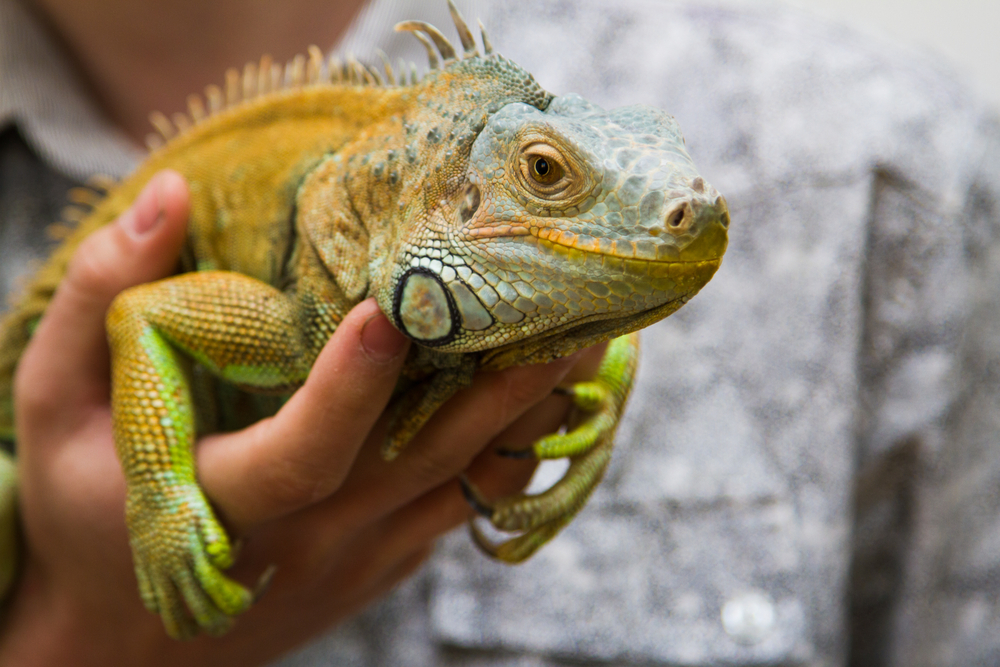
Introduce them to books and documentaries about nature and wildlife. Stories and visuals about animals’ lives, habitats, and struggles help them develop empathy and curiosity. Choose age-appropriate media that informs without scaring them, so they’re inspired by the beauty and wonder of wildlife and motivated to protect it.
6. Encourage Hands-On Learning with Nature Projects
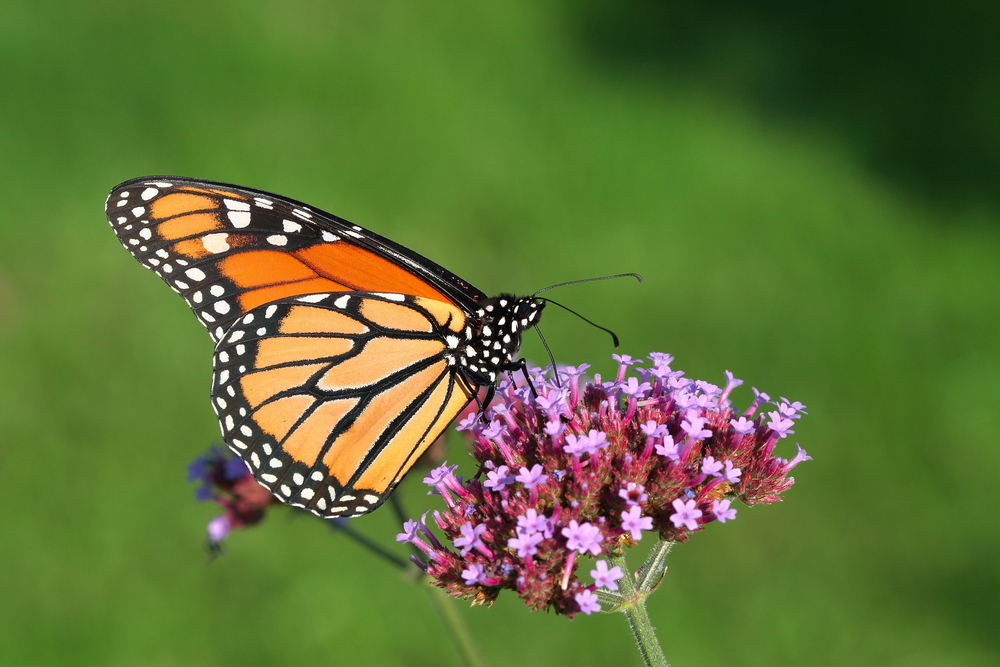
Get creative with nature-themed activities like building birdhouses, planting butterfly gardens, or crafting feeders. Hands-on projects allow kids to see how their actions directly support wildlife. These activities also teach them how small changes in their environment can attract and benefit local species, making conservation feel accessible and achievable.
7. Educate About Endangered Species
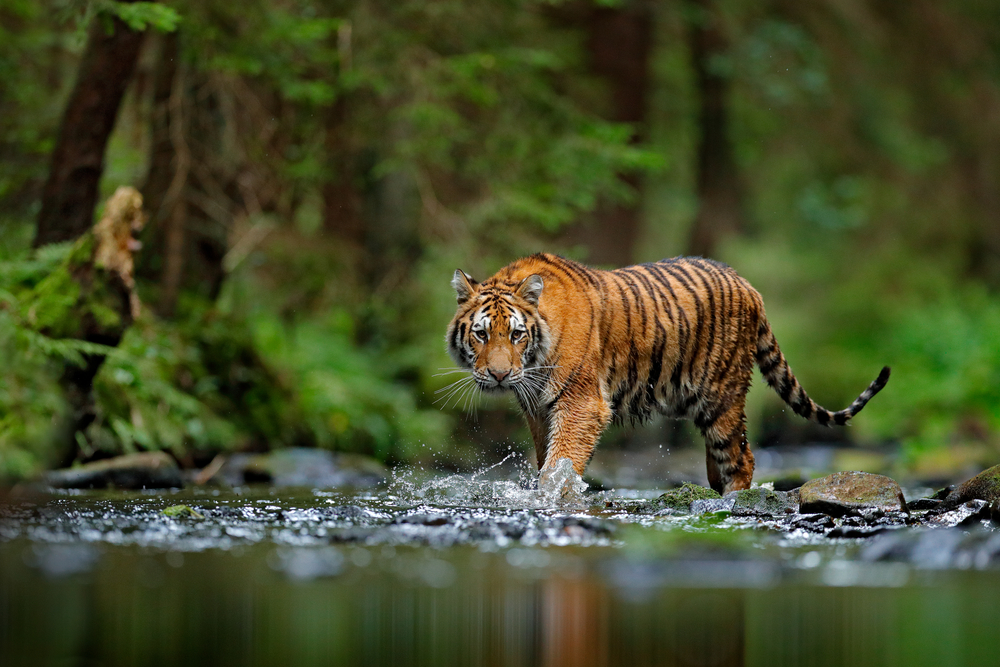
Teach your kids about endangered species and what makes them vulnerable. Discuss the factors like habitat destruction and pollution that threaten animals’ survival. Highlight specific animals they’re interested in, showing them the importance of helping creatures at risk. Understanding this motivates them to take conservation seriously as they see real-world impacts.
8. Encourage Sustainable Choices
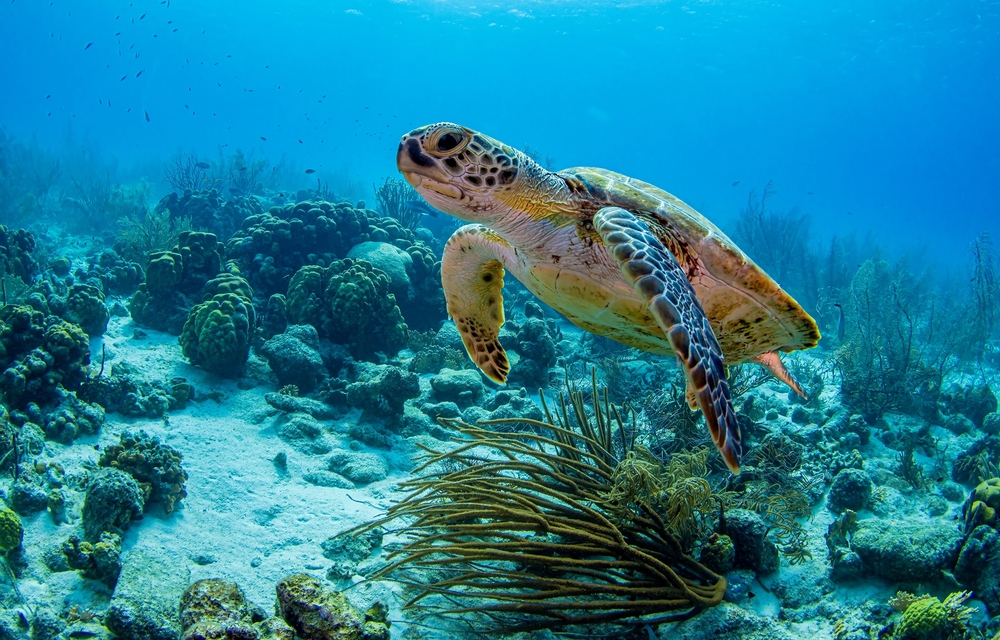
Help kids make eco-friendly choices in their everyday lives, like choosing sustainable toys or packing waste-free lunches. Explain why certain items, like plastic straws, can harm animals, and offer alternatives. These choices teach them that protecting wildlife starts with mindful decisions, making them active participants in conservation even at a young age.
9. Visit Wildlife Sanctuaries
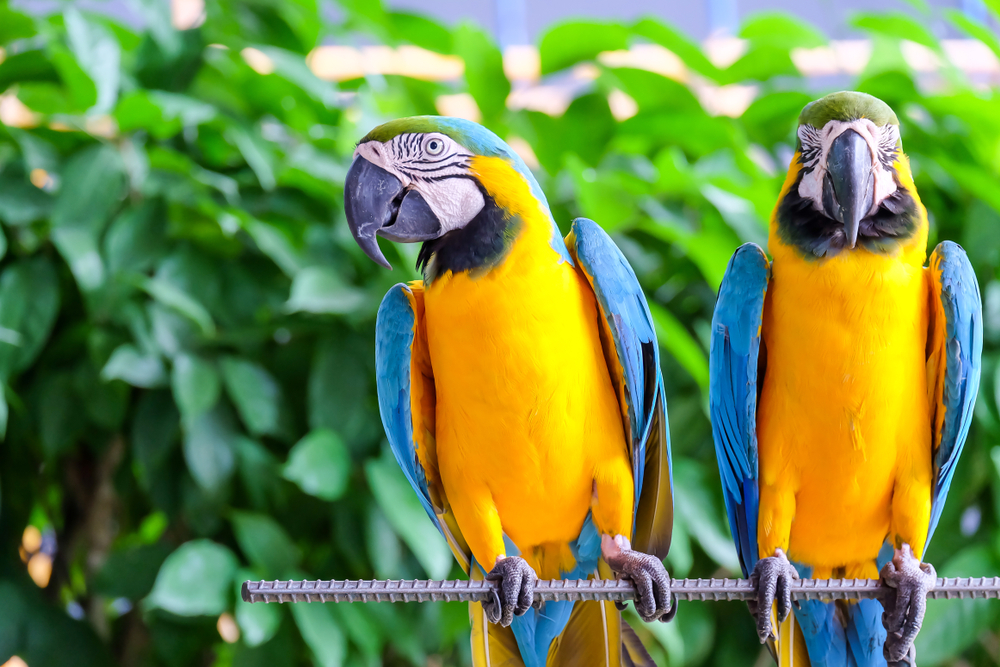
Take your children to wildlife sanctuaries, nature reserves, or protected parks. These places offer firsthand experiences with animals in safe environments. They’ll gain respect for the habitats these creatures need to survive and may even get to learn from conservationists. Such visits foster curiosity and reverence for wildlife, which encourages lifelong respect.
10. Practice Responsible Pet Ownership

Teach kids that pet ownership is a commitment and that wild animals aren’t meant to be pets. Explain the importance of adopting pets from shelters instead of supporting the exotic pet trade, which can harm wildlife populations. Responsible pet ownership instills values of respect and care, showing kids how animals should be treated compassionately.
11. Explain the Importance of Pollinators
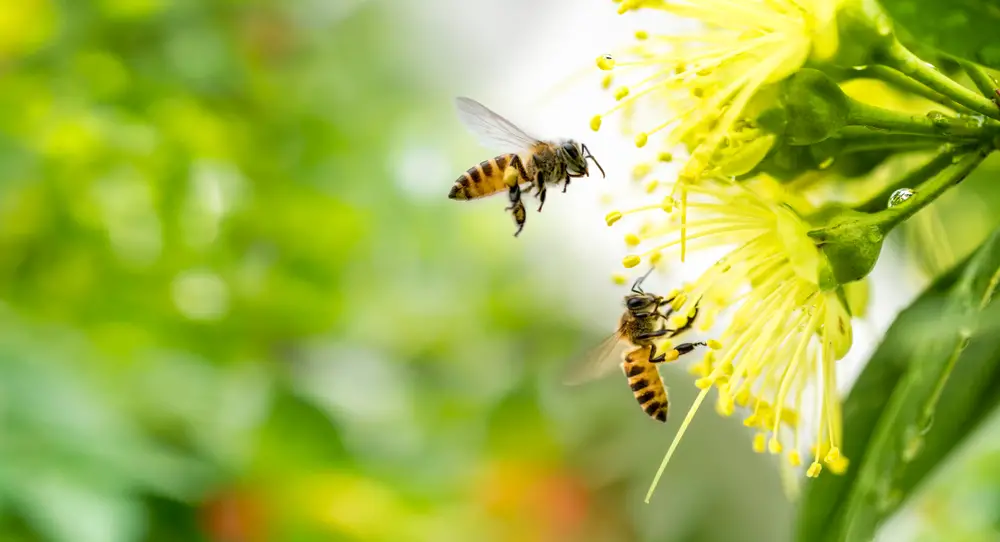
Teach children about the critical role of bees, butterflies, and other pollinators in keeping ecosystems healthy. You can even create a pollinator garden together to attract these creatures. This hands-on approach shows them that every creature has an essential job in nature, fostering respect for even the smallest wildlife.
12. Make Wildlife-Friendly Spaces at Home
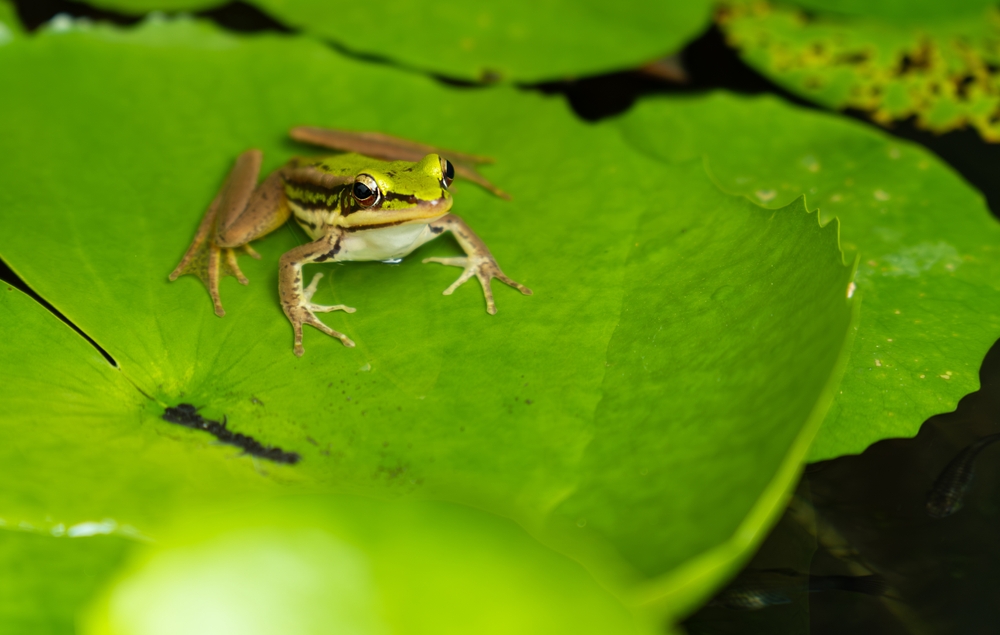
Create spaces that support local wildlife, like a backyard pond, bird feeder, or bat house. Teach kids about the animals attracted to these spaces and how they benefit the ecosystem. Watching wildlife in their own backyard builds excitement and empathy, as they see how their efforts directly impact local species.
13. Encourage Activism for the Environment
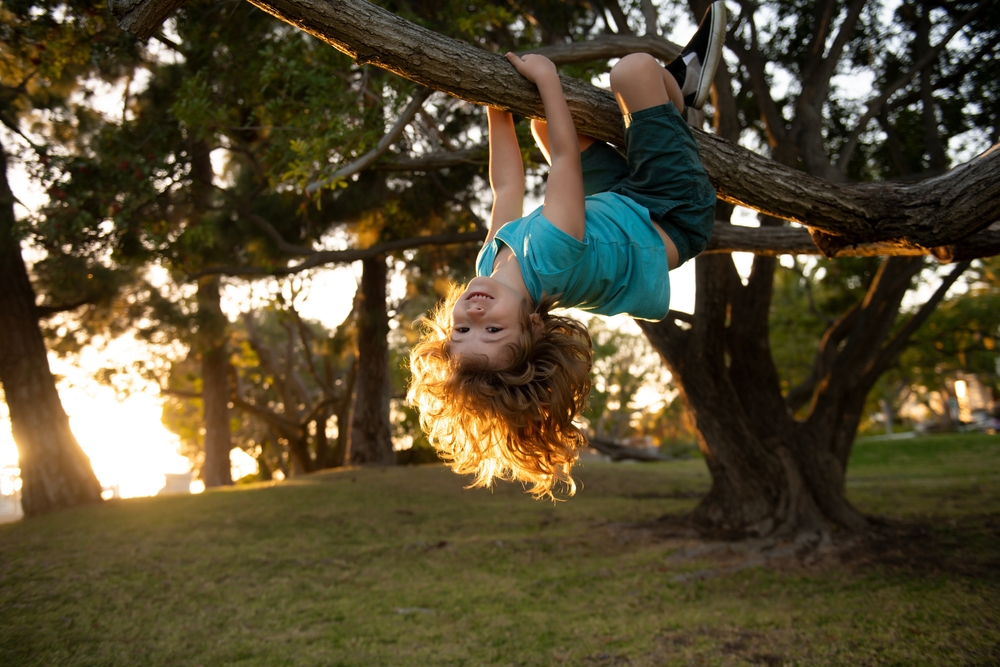
Show your kids that their voices matter. Whether it’s signing a petition, joining an environmental club, or participating in local clean-ups, kids can become active advocates for wildlife. Encourage them to speak up for the environment, fostering a sense of responsibility and empowerment that will inspire them to continue advocating for nature.
14. Show Gratitude for Nature’s Gifts

Teach your kids to appreciate the beauty and gifts nature offers, from clean air and water to the food on their plates. By understanding that nature is essential to our lives, they’ll naturally feel a sense of gratitude and duty to protect it. Simple habits like giving thanks for a meal can instill an appreciation for nature’s resources and a desire to conserve them.
